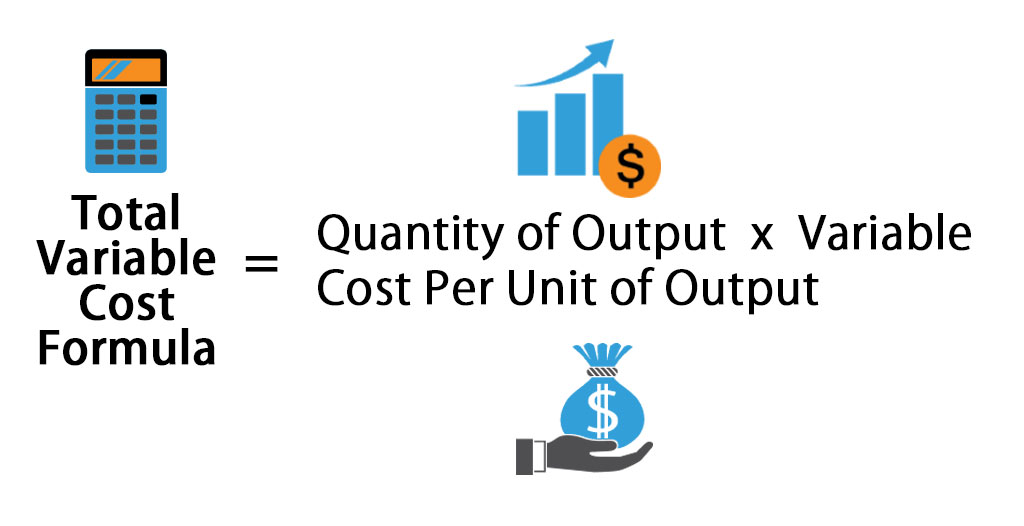
However, the cost cut should not affect product or service quality as this would have an adverse effect on sales. By reducing its variable costs, a business increases its gross profit margin or contribution margin. It can make a big impact on the per-unit price if a company has high direct, fixed overhead costs. Companies that use variable costing may be able to allocate high monthly direct, fixed costs to operating expenses.
Calculating profit margin with variable costs
- Determining what constitutes a direct variable cost can sometimes be challenging.
- Lastly, variable cost analysis is useful when determining your company’s expense structure.
- When the manufacturing line turns on equipment and ramps up production, it begins to consume energy.
- Note that product costs are costs that go into the product while period costs are costs that are expensed in the period incurred.
- As mentioned above, variable expenses do not remain constant when production levels change.
- Under the Tax Reform Act of 1986, income statements must use absorption costing to comply with GAAP.
Under variable costing, fixed factory overhead costs are expensed in the period in which they are incurred, regardless of whether the product is sold yet. Under absorption costing, fixed factory overhead costs are expensed only when the product is sold. A company that seeks to increase its profit by decreasing variable costs may need to cut down on fluctuating costs for raw materials, direct labor, and advertising.
Direct and Indirect Variable Costs

Examples of fixed costs include rent, salaries, and insurance premiums. Both types of costs play essential roles in a company’s financial management for budgeting, pricing strategies, and profit analysis. Variable costs are expenses that change in proportion to the volume of goods or services a business produces.
Would you prefer to work with a financial professional remotely or in-person?
Let’s assume that it costs a bakery $15 to make a cake—$5 for raw materials such as sugar, milk, and flour, and $10 for the direct labor involved in making one cake. The table below shows how the variable costs change as the number of cakes baked varies. If a business increases production or decreases production, rent will stay exactly the same. Although fixed costs can change over a period of time, the change will not be related to production, and as such, fixed costs are viewed as long-term costs. Naturally, whether you spend more on fixed or variable costs depends on how many sales you make.
However, it’s important to note that variable costs do not always rise or fall in a perfectly linear fashion. There might be instances where economies of scale come into play, affecting the proportionality of these costs. For example, raw materials may cost $0.50 per pound for the first 1,000 pounds. However, orders of greater than 1,000 pounds of raw material are charged $0.48. In either situation, the variable cost is the charge for the raw materials (either $0.50 per pound or $0.48 per pound).
Calculate Margins and Net Income
Absorption versus a board member’s guide to nonprofit overhead will only be a factor for companies that expense costs of goods sold (COGS) on their income statements. Any company can use both methods for various reasons but public companies are required to use absorption costing due to their GAAP accounting obligations. Variable costs are not inherently good or bad—they are a reality of providing any kind of product or service to your customers. You should strive to keep variable cost per unit as low as possible since this will result in more profit per unit.
Factors like production volume, cost per unit, and economies of scale influence variable costs, impacting profitability. One of those cost profiles is a variable cost that only increases if the quantity of output also increases. While a fixed cost remains the same over a relevant range, a variable cost usually changes with every incremental unit produced. Variable costs are a direct input in the calculation of contribution margin, the amount of proceeds a company collects after using sale proceeds to cover variable costs.
Absorption costing better upholds the matching principle, which requires expenses to be reported in the same period as the revenue generated by the expenses. Companies using the cash method may not have to recognize some of their expenses immediately with variable costing because they’re not tied to revenue recognition. To calculate the variable cost of each item you sell, add up every expense directly related to creating it—the variable cost per unit.
Some common examples of variable costs include direct materials, direct labor, and transaction fees. These costs vary depending on the quantity of goods or services produced by a company. By calculating and analyzing variable costs, businesses can make better-informed decisions on pricing, production levels, and overall cost management strategies. Under both methods, direct costs (materials and labor) and variable factory overhead costs are applied to the cost of the product. The difference between the two costing methods is how the fixed factory overhead costs are treated.
